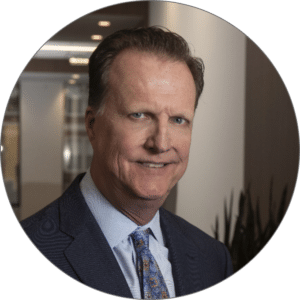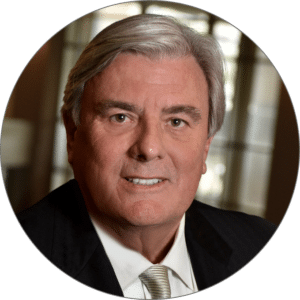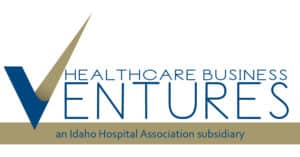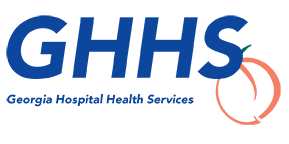
Dan Castillo’s Transformative 90-Day Rounds
By Neill Marshall, Chairman, HealthSearch Partners and Kurt Mosley, Associations Practice Leader, HealthSearch Partners
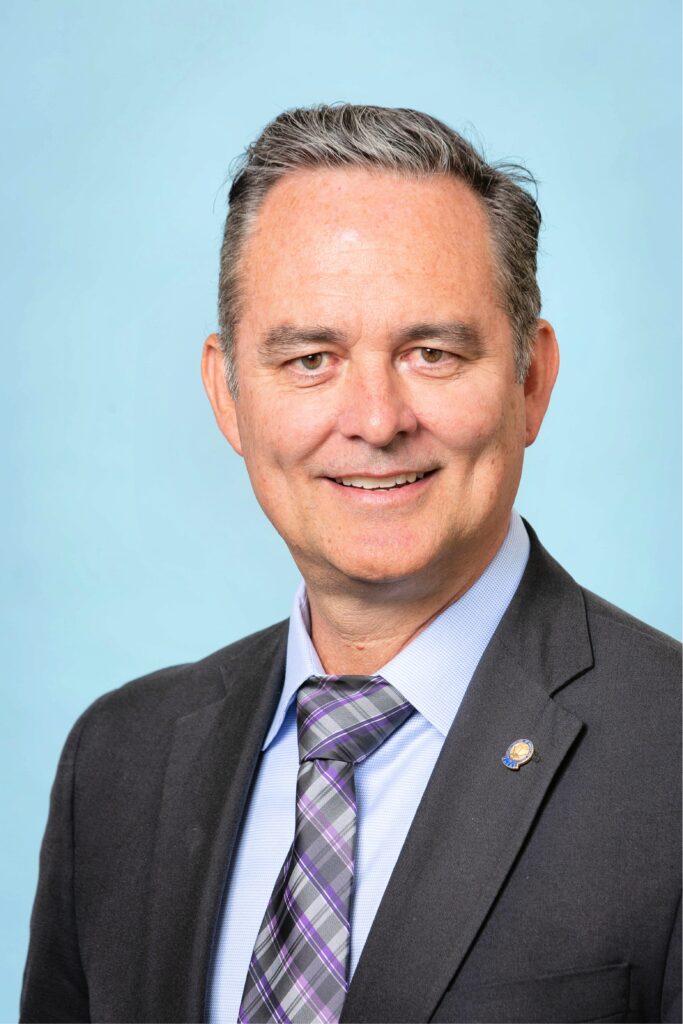
Dan Castillo, MHA, FACHE, FACMPE (Pictured Above) is currently Managing Principal at Health Management Associates. He has served in healthcare leadership and management roles with hospitals, health systems and consulting firms in California as well as Louisiana during his 25-year career. He implemented after-hours rounding during his tenure as CEO of Los-Angeles County + USC Medical Center from October 2013 – February 2017.
Continuing our series on groundbreaking strategies in healthcare leadership, we look at how Dan Castillo, former CEO of LA County-USC Medical Center, used a hands-on, after-hours approach to build trust, identify needs, and establish the groundwork for sustainable improvements. Castillo’s tactic of making “executive rounds” during off-hours—immersing himself directly in hospital operations and the lives of his staff—had an immediate and lasting impact.
The Power of Showing Up: “Executive Rounds” with a Purpose
When Castillo took on the CEO role at LA County-USC, California’s largest safety-net hospital, he was determined to bridge the gap between administration and front-line staff. Given the hospital’s sheer size, Castillo recognized that traditional communication methods were inadequate for fully understanding the staff’s day-to-day challenges. So, he decided to implement “executive rounds” to tour the hospital with his leadership team. He added a twist, however, often showing up after hours during the night shifts when things ran differently.
Castillo said, “I wanted to see how the hospital functioned when nobody was watching—when the night shift was taking care of business without anyone from administration in sight.” On one of his first rounds, he arrived in the Emergency Department (ED) around midnight. Staff were initially shocked to see him, but that surprise soon turned into gratitude and excitement. He recalls meeting numerous doctors, nurses, and residents who had never interacted with anyone from administration, let alone the CEO. That night, Castillo witnessed the hospital’s dedicated team working tirelessly to provide the highest quality care under challenging circumstances.
Building Trust through Presence and Authenticity
Castillo’s first night in the ED was more than an introduction; it was a turning point. The next morning, Castillo became the “talk of the town” as word spread about the CEO’s unexpected visit to the ED at midnight. His visible commitment to understanding the hospital’s operations firsthand resonated with the staff, earning him immediate respect. It wasn’t about making a statement but connecting authentically with the team, showing he valued their contributions and was genuinely invested in their work.
This first round of visits led to the decision to formalize “executive rounds” as a regular practice. Castillo’s entire administrative team joined him in visiting different departments, often during the early morning or late-night hours. He emphasized these rounds were not just walk-throughs, but purposeful engagements aimed at uncovering the needs and challenges of each department. “Rolling up our sleeves and seeing things up close was essential,” he shared. “These rounds became the foundation for building mutual respect and understanding across all levels of the organization.”
Rounding Results In Action: Building a Strategic Improvement Plan
Through these visits, Castillo and his team uncovered significant operational challenges, from broken equipment to inefficient workflows. These observations formed the basis for a multi-year strategic capital improvement plan, aimed at addressing critical identified gaps. What began as informal conversations quickly resulted in a structured plan to drive changes across departments.
For example, Castillo and his team noted that broken or outdated equipment, like IV pumps and stretchers, was a common frustration for staff. Castillo’s leadership quickly prioritized equipment upgrades and resource allocations, enhancing morale and operational efficiency. His commitment to removing barriers, big and small, helped the team feel seen and heard—a morale boost that strengthened the culture of ownership throughout the hospital.
Introducing Accountability: The Dashboard System
The executive rounds revealed more than just immediate needs; they provided insights into broader organizational weaknesses, including the lack of a consistent method for tracking performance. In response, Castillo implemented a comprehensive dashboard system that displayed productivity, financial metrics, and quality indicators for every department. The dashboards created a new level of transparency and accountability, allowing each department to monitor its performance and align its goals with the organization’s strategic goals.
Accountability became embedded across all levels of the hospital, from department managers to executive leadership. “It wasn’t about catching people off guard,” Castillo explained. “It was about providing everyone with the tools to understand where we stood and where improvements were needed.” The dashboard also facilitated a collaborative approach, allowing different departments to see how their work contributed to the hospital’s overall success.
Building a Legacy of Improvement: The Lean Academy
As part of his commitment to sustainable change, Castillo launched a Lean Academy, an internal program designed to teach performance improvement skills to hospital staff across various departments. Participants, from nurses to facilities workers to primary care physicians, were trained in Lean Six Sigma methodologies and given the tools to lead their own improvement projects. Each participant selected a project, applied Lean tools, and presented the results to a review committee.
The program’s success was evident from the very beginning, with participants seeing improvements in patient experience, infection control, and workflow efficiencies. The Lean Academy quickly gained momentum, doubling in size within a year and creating a culture of continuous improvement that persists today at LA County-USC.
One of the standout projects focused on reducing sepsis rates, a critical goal for the hospital. The project team developed protocols to identify and treat sepsis more effectively, significantly reducing the number of sepsis cases hospital wide. This tangible impact highlighted the importance of empowering frontline staff to take ownership of solutions, reinforcing Castillo’s belief that everyone, from entry-level staff to senior leadership, could drive meaningful change.
Lasting Impact: Transforming Culture and Performance
By the end of his tenure at LA County-USC, Castillo’s approach had reshaped the organization’s culture. The hospital’s ranking with Leapfrog, a key indicator of hospital safety and quality, had improved from a D to a B, and employee engagement was at an all-time high. The transformation in staff morale and trust was even more impactful. When he announced his departure, the hospital’s union gave him a certificate recognizing his commitment to listening and making meaningful improvements—a rare and symbolic gesture from a highly unionized workforce.
Reflecting on his experience, Castillo shared, “I wanted the team to feel supported and empowered. Every leader can create change, starting with understanding and engaging with the people doing the work.” His strategy built trust and set a new standard for collaborative leadership, proving that leaders prioritize connection, accountability, and continuous improvement, laying the groundwork for lasting success.
Part of a Larger Vision for Healthcare Leadership
Dan Castillo’s hands-on, people-first approach to leadership is part of a broader movement in healthcare: leaders who are transforming their organizations by stepping out of the boardroom and into the heart of operations. Castillo’s story serves as a reminder that leadership is about more than high-level strategy; it’s about showing up, listening, and creating an environment where every team member feels valued.
As Ivan Bartolome, CEO of HealthSearch Partners, puts it, “The first 90 days are more than just a transition period—they are a foundation for transformative change.” Castillo’s executive rounds and Lean Academy exemplify how commitment, visibility, and genuine engagement can have profound and lasting impacts on organizational culture and performance.
